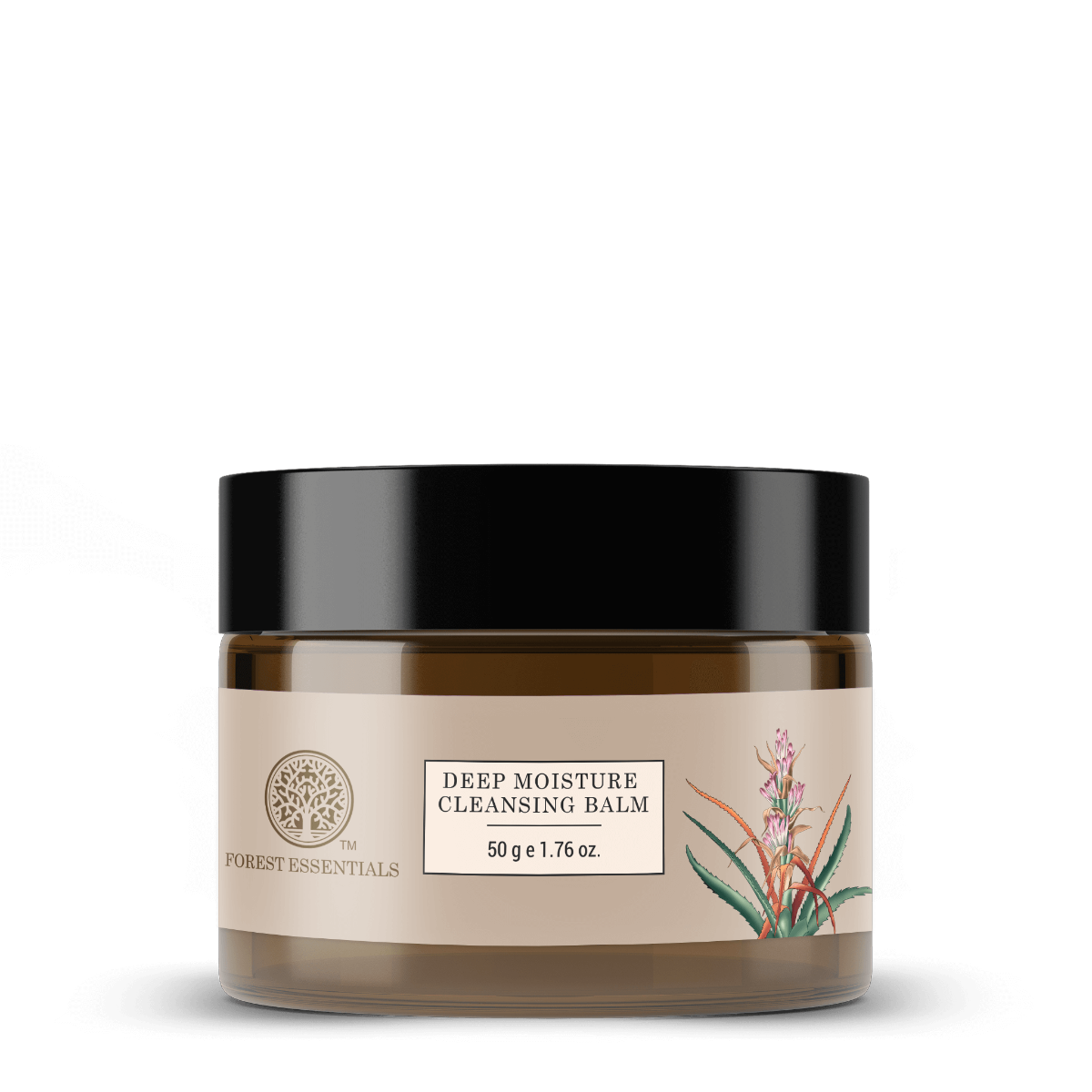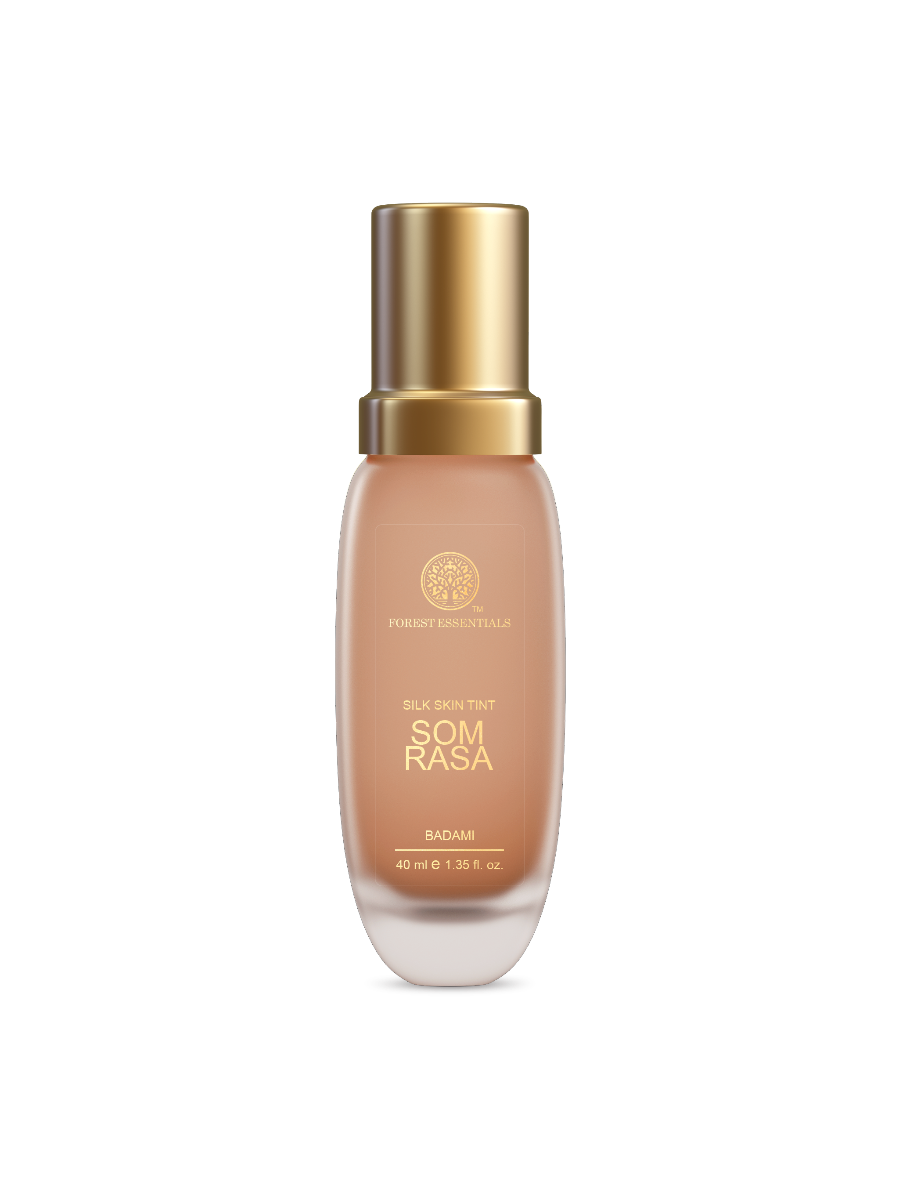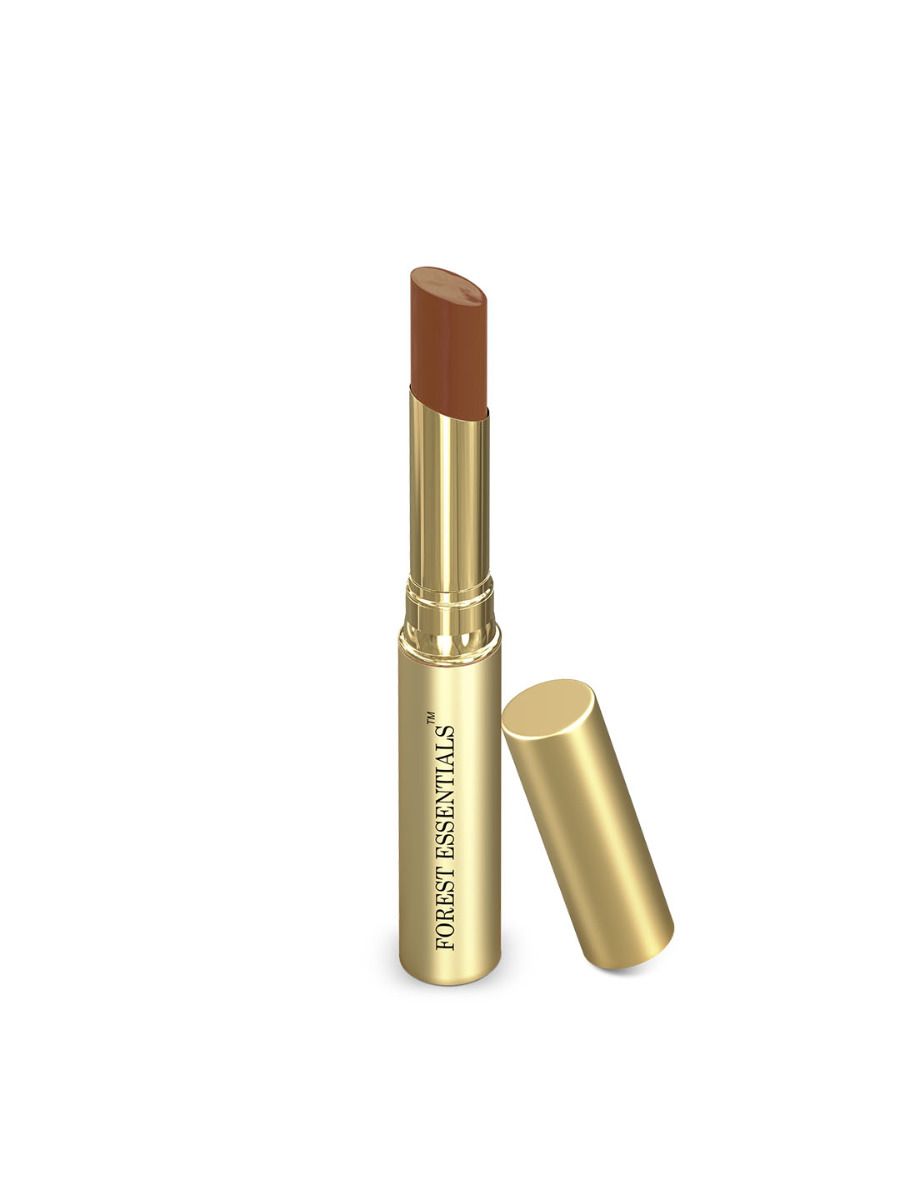Applying makeup can be a significant confidence booster. For some women, it is a part of their daily routine, while others apply it only occasionally. Whether it’s the former or the latter, there’s no denying that when you apply makeup, it helps enhance your natural features, significantly boosting your confidence. However, it’s crucial to be wary of what you’re applying on your skin. With numerous options available, it’s easy to fall into the trap of false claims and products filled with chemicals that do more harm than good. So, how can you ensure only the good reaches your skin? You could make your own makeup. Despite seeming challenging, DIY makeup isn’t as tough as it sounds. You just need to know what natural ingredients to combine to create your own natural makeup essentials.
A Beginner’s Guide to Natural DIY Makeup
If you’re wondering how to make makeup, it is quite simple. You can easily make it using ingredients you already have in your kitchen. Making your own natural DIY makeup opens up a whole new realm of possibilities, where you have complete control over what goes onto your skin. We have put together a comprehensive guide to making homemade makeup. From creating a rich base to crafting the perfect lip colour, this guide provides step-by-step instructions and tips on sourcing plant-based and skin-nourishing ingredients, understanding their benefits, and achieving desired shades and textures. Whether you’re passionate about sustainability, have sensitive skin, or simply enjoy the satisfaction of making your own products, we’re here to equip you with the knowledge and confidence to dive into the world of natural beauty and unleash your creativity.
Beetroot for Blush

Beets are known for their bright magenta pigment, which can work well as a blush.
Instructions
- To make homemade blush, simply make a powder with dried beetroots.
- For a peachy shade, add a hint of turmeric, or if you prefer a lighter shade of pink, you can add some arrowroot powder and store it in a container.
- To apply, just dip your makeup brush and lightly dust your cheeks.
Almonds for Eyeliner

Almonds aren’t just for snacking. You can easily use them to create a pigmented and soothing eyeliner from the comfort of your home.
Instructions:
- Char three to four almonds over the flame of a candle.
- Allow them to cool on a copper plate, and then grind them into a fine powder using a sterilised mortar and pestle.
- The result will be a fine black powder that can be combined with glycerin to make a thick paste.
- This can now easily be used to line your eyes.
Aloe Vera Gel for Mascara

Make a nourishing and gentle mascara using Aloe Vera gel for healthy, lush eyelashes.
Instructions:
- To create your own natural mascara, make the same fine powder with charred almonds as mentioned above for the eyeliner.
- Combine this with a few drops of Aloe Vera gel and Vitamin E for added nourishment.
- You can store this in an old tube of mascara for easy application. You can also store it in a small container and use a brush to apply it to your lashes.
Cornstarch for Bronzer

Cornstarch is used in cooking as a thickening agent, but for this DIY makeup trick, we’ll tell you how it can be used as a bronzer. Cornstarch is white, but you can add pigments to it that go with your skin tone for it to be used as a bronzer.
Instructions:
- Use Cinnamon powder for a reddish tint, Cocoa powder for a brown shade, and Beetroot powder for a rosy pink hue.
- You can add drops of your favourite essential oils or Almond oil to this powder. Make sure the essential oils that you use are natural and free of chemicals.
- Dab this bronzer on your temples, forehead, and cheekbones for a natural glow.
Beeswax Lip Gloss

Most lip glosses or balms available today don’t keep your lips moisturised for long hours. Here’s how you can create your own lip gloss that will provide long-lasting hydration.
Instructions:
- Combine Coconut oil, Almond oil, and Beeswax and heat the mixture using the double boiler method, which involves gently melting the ingredients in a heat-safe bowl placed over simmering water.
- Once the ingredients melt, remove the bowl and add a few drops of your favourite essential oil to this mix.
- You can store it in an old lip gloss or lip balm tube for easy application. You can also pour it into a small container and apply it with your finger as and when required.
Why Choose Natural Makeup?

These days, many of the products you encounter are filled with ingredients you may not be familiar with, along with chemicals that could potentially pose a serious threat to your skin and overall health. Some of these products even contain substances commonly found in industrial cleaners and pesticides. Phthalates, parabens, and even lead have been detected in numerous mainstream cosmetic items. These harmful chemicals can trigger issues such as skin irritation and eczema, as well as more severe conditions like infertility and cancer.
However, if DIY tricks for makeup seem like a hassle, you can rely on Forest Essential’s comprehensive range of natural makeup that is good for your skin. These makeup products are made using 100% natural, Ayurvedic ingredients combined with modern actives to enhance your beauty, while nourishing and restoring your skin. It contains the finest ingredients, and is chemical and cruelty-free, making it the perfect choice for your skincare and beauty needs.
FAQs
Is DIY makeup safe?
Yes, DIY makeup is absolutely safe since you are creating it using natural ingredients available at home.
Can you make homemade makeup?
Yes, after reading this blog, you can easily create some makeup products for a natural makeup look.
How do you make homemade makeup remover?
An easy way to create an oil-based makeup remover is by combining castor oil and olive oil. You can also massage your face with sweet almond oil, and that will help remove your makeup.
What is natural makeup made of?
Natural makeup is made with ingredients that are naturally occurring in the environment. It is free from harmful chemicals, parabens, and sulphates that harm your skin.
References
https://www.ewg.org/the-toxic-twelve-chemicals-and-contaminants-in-cosmetics
https://pubmed.ncbi.nlm.nih.gov/21381401/
https://phoenix-chem.com/reasons-to-make-your-own-makeup/





















